
A gene involved in setting up the mammalian body plan also appears to control grooming behavior in mice. Researchers who knocked out a specific homeobox, or Hox, gene in mice also noted that the mice groomed themselves excessively – creating bald spots and skin wounds. The discovery suggests that the Hox genes, a large family of development-controlling genes, might also serve as behavioral regulators in the adult brain. Studies of the gene family could yield important insights into the genetic basis of compulsive behavior in humans.
Howard Hughes Medical Institute investigator Mario R. Capecchi and colleague Joy M. Greer, both at the University of Utah School of Medicine, reported their findings in an article published in the January 3, 2002, issue of the journal Neuron.
Greer and Capecchi created two different genetically altered strains of mice that lacked functional Hoxb8 genes. Like other Hox genes, Hoxb8 produces a transcription factor, a protein that controls the activity of other genes. Other researchers who had created Hoxb8-knockout mice had observed abnormalities in the ribs and cranial nerves and noted an impaired reaching reflex in their animals. Those scientists had also reported that some of the mice engaged in self-mutilation, but they proposed that the disorder might be caused by a defect in the animals’ ability to sense pain, rather than a behavioral abnormality.
“We observed that these mice appeared to keep on grooming and biting themselves, removing their hair and finally creating skin lesions,” said Capecchi. “We theorized that the mice might have a central nervous system defect rather than a peripheral nervous system defect, so Joy Greer began to videotape their behavior and analyze it more closely.”
Videotaping revealed that Hoxb8 knockout mice groomed themselves more frequently and longer, and spent about twice as much time grooming as normal mice. Analysis of the videotapes also showed that the mutant mice also excessively groomed their normal cage mates.
“The grooming of cage mates was normal grooming and not a dominance behavior called ‘barbering,’ in which mice remove the whiskers of other mice,” said Capecchi. “Also, the cage mate grooming demonstrated that the knockout mice were not just grooming themselves because they had a skin disorder that caused itching.”
The researchers also found that the mutant mice groomed more than wild-type mice when grooming was induced by misting the animals with water. And when the scientists produced Hoxb8-knockout mice that were otherwise genetically different from their initial mutant strain, those mice also showed the same abnormal grooming – further demonstrating that the Hoxb8 gene defect alone was responsible for the abnormal behavior.
To begin to understand how Hoxb8 might control grooming behavior, Greer and Capecchi first analyzed where the gene was expressed in the brains of adult mice. “We found two important aspects of the expression pattern for Hoxb8,” said Capecchi. “One is that the gene is expressed in brain regions that have become known as the ‘OCD circuit.’ In clinical MRI studies of patients with obsessive-compulsive disorder, this circuit has been shown to function abnormally. We also found that the gene is expressed in regions of the central nervous system known to be involved in grooming behavior in mice per se.
“So, we believe that this gene may be involved both in terms of the grooming behavior itself, as well as the control of the behavior,” said Capecchi.
Capecchi speculates that the Hox genes may have multiple roles. “These genes are important for initially governing development of the mammalian body plan, but we postulate that they are also later usurped for additional functions in the adult,” said Capecchi. “And we would not be surprised if they have many functions in the nervous system, because an early evolutionary role of Hox genes is in neural development. These functions could easily have been adapted for neural control in the adult,” he said. Capecchi also emphasized that the abnormal grooming in the knockout mice could prove a useful model of human obsessive-compulsive disorders.
“In particular, we believe that the Hoxb8 gene could be implicated in the disorder trichotillomania, in which affected individuals engage in abnormal pulling out of their hair,” said Capecchi. “We are currently collecting DNA samples from such patients to determine whether they might have mutations in the Hoxb8 gene.” Capecchi said that his laboratory will also explore in greater detail whether the absence of Hoxb8 causes initial abnormal development of the relevant brain circuitry, or whether the circuitry develops normally, but requires the gene for its proper function in the adult animal.

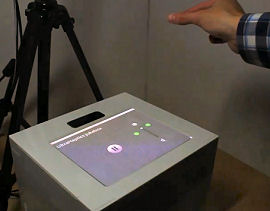

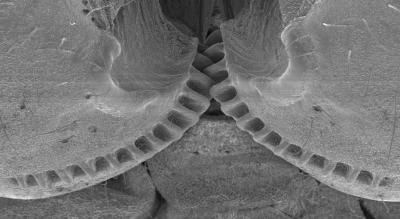




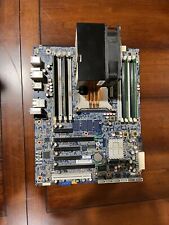
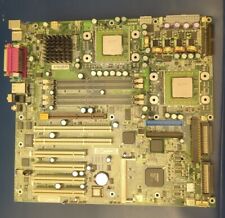
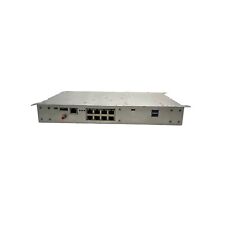

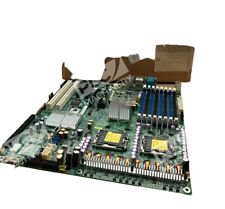

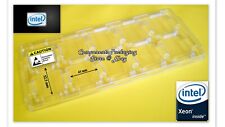

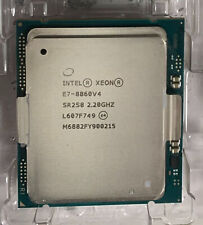
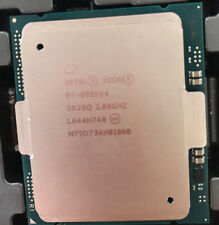
Comments are closed.